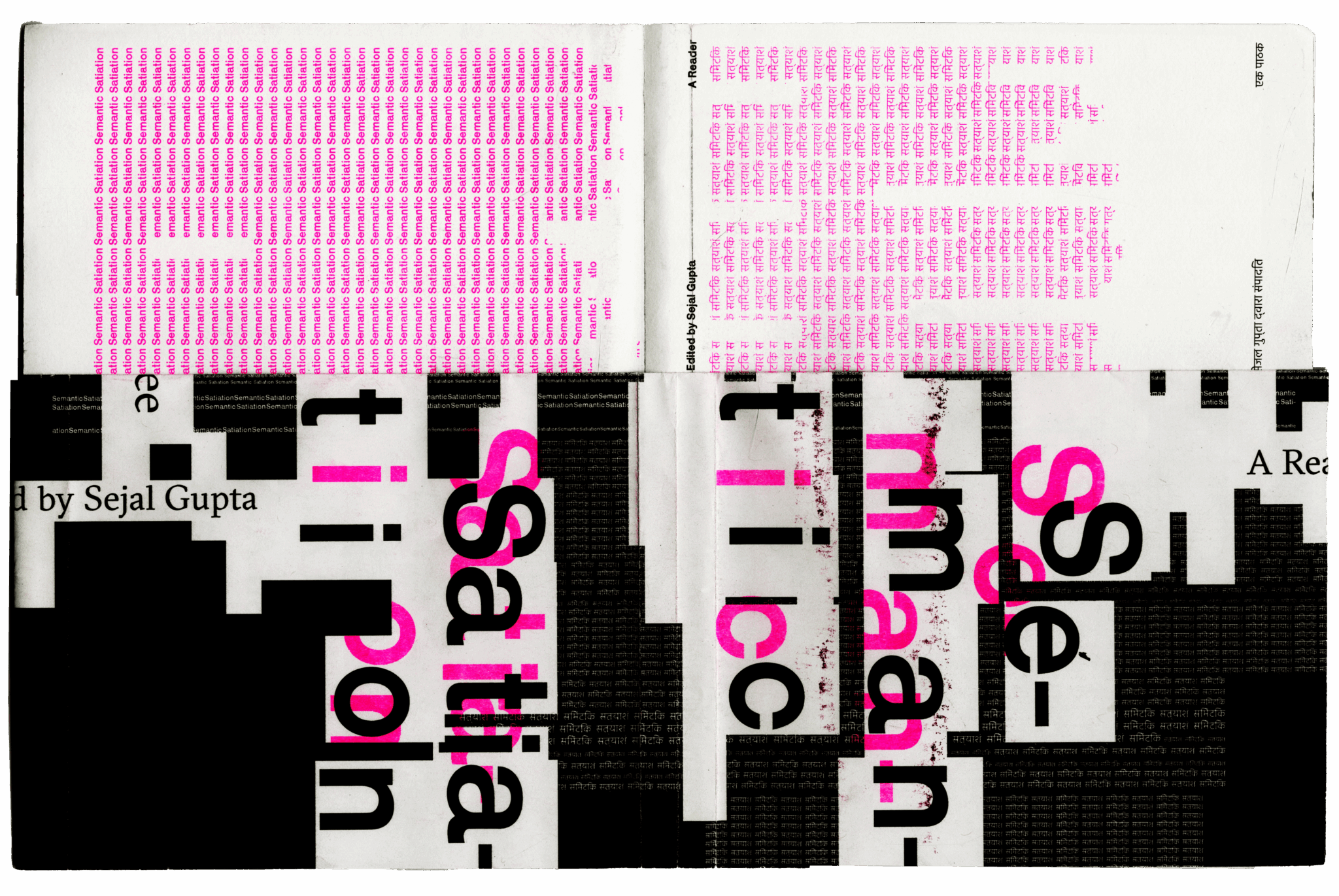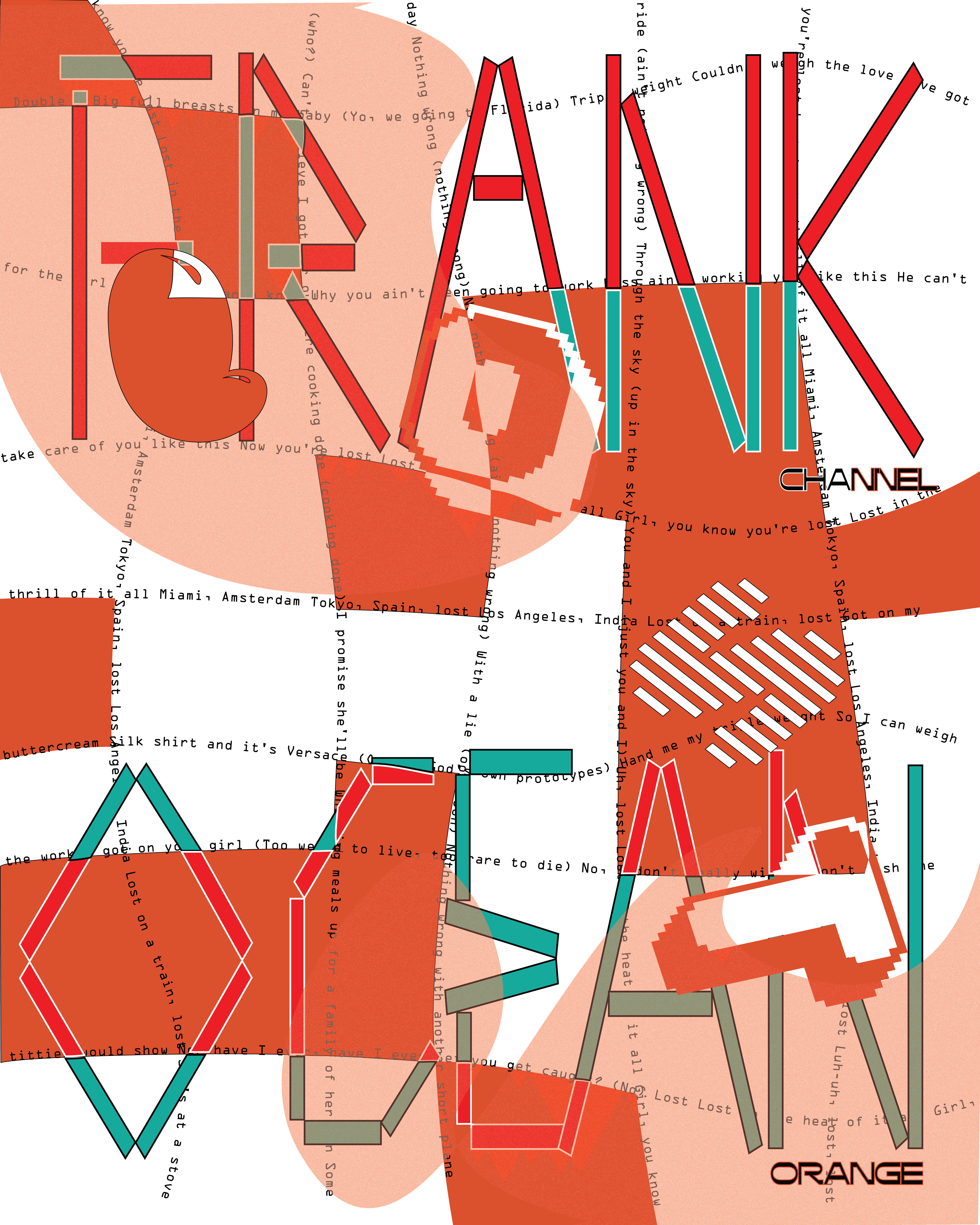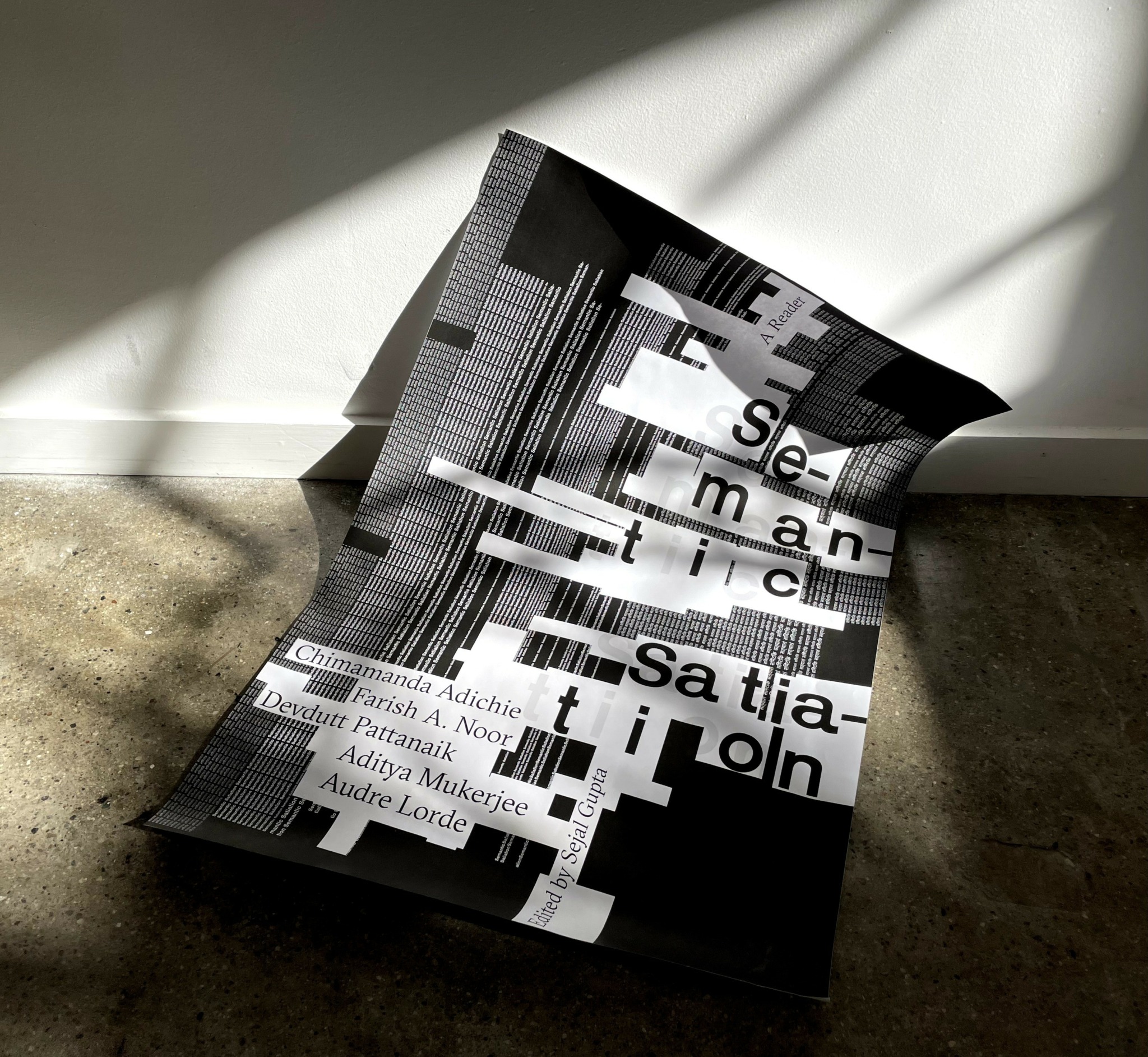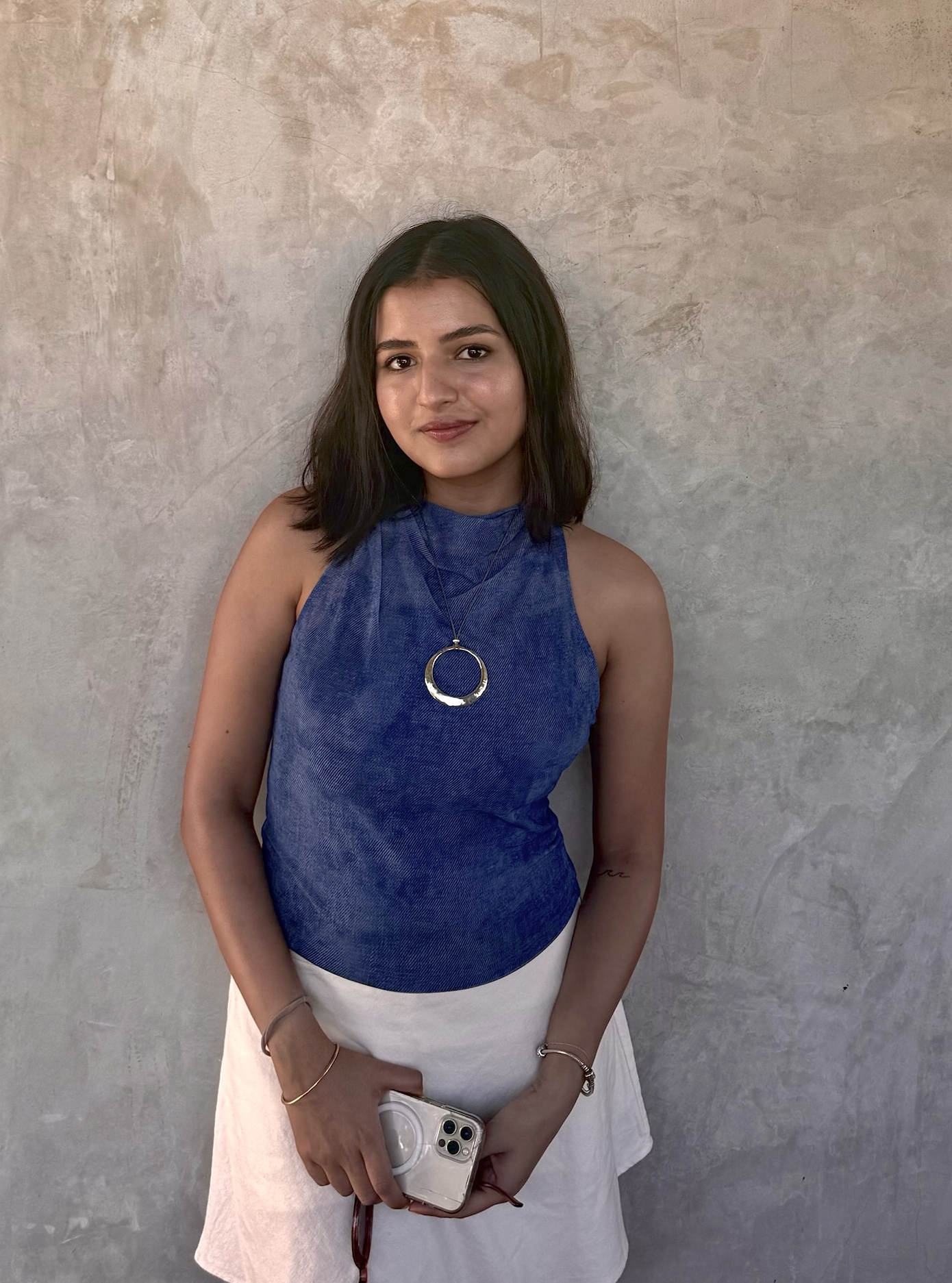We caught up with the brilliant and insightful Sejal Gupta a few weeks ago and have shared our conversation below.
Sejal, appreciate you joining us today. Can you talk to us about how you learned to do what you do?
Design and craft are most often, and historically too, seen as antithesis. Design is representative of a larger movement, while the role of the designer is to serve the overarching forces of design trends and increasingly homogenous aesthetics—aesthetics that tend towards Western notions of “good design,” minimalism, and cleanliness. For me, learning Graphic Design has meant resisting it.
Having spent the majority of my life outside the US, my design lexicon was and continues to be heavily influenced by non-Western understandings of “good design.” I think Graphic Design in particular is activated by the social and cultural environment it inhabits and is not a monolith. My biggest learning curve in the field has been redefining what the subject means to me and finding ways to introduce my voice through my work. Looking back, I wish I didn’t let myself fall prey to the expectations of what I thought my work must look like to be considered objectively beautiful. I would like to believe that I have moved on from this tendency, but I still often find myself going back and forth between the two—especially when the Design World is saturated by the sheer quantity of work.
I believe it’s essential for Graphic Designers and creatives in any field to find humor, purpose, and promise in their work and ideas. It takes a lot to go out into the World and share your work, but what sustains a creative’s drive to continue to do so is the confidence they hold in their craft.
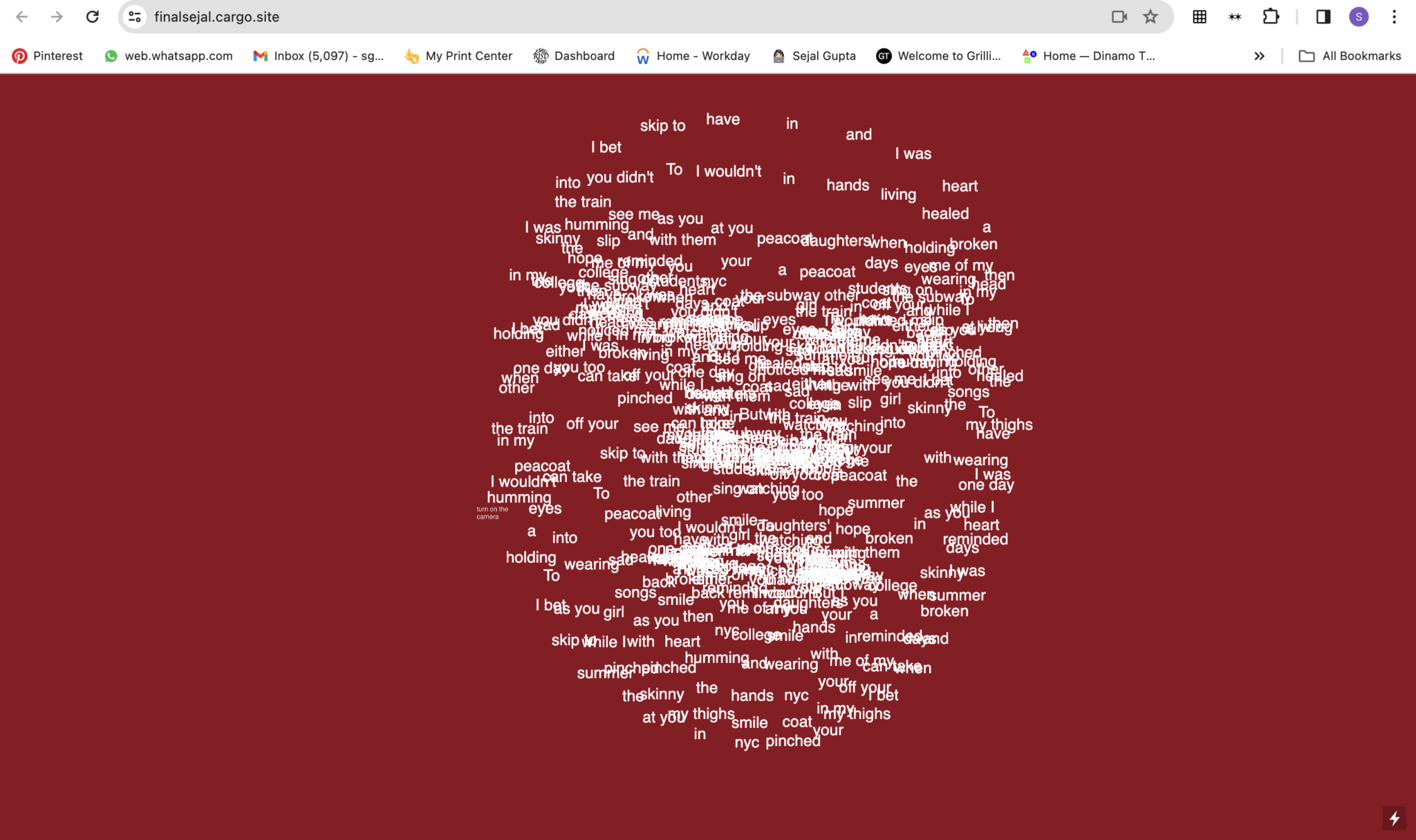
Awesome – so before we get into the rest of our questions, can you briefly introduce yourself to our readers.
I’m currently a Senior at the Rhode Island School of Design (RISD) based out of Providence, RI. I am pursuing my BFA in Graphic Design with a minor/concentration in the Theory and History of Art and Design. While I originally applied to RISD as a Fine Arts major and spent most of my time before RISD focusing on Painting; My love for words, storytelling, and writing pushed me to ultimately declare GD as my major. I came into Sophomore Year knowing nothing more than how to use the Pen Tool on Adobe Illustrator, but ultimately found my footing. Today, my work is an amalgamation of narrative and graphic tools that allow me to play with non-linear ways of communicating. Reflecting on some of the work I have done so far, themes of language, translation, and meaning find ways to be at the crux of the many forms and ideas I explore. My own experiences of growing up bilingual, and in two countries often act as formal and thematic foundations of many projects I have worked on, including Desi-gned magazine, (a student-run publication at BrownU and RISD) for which I wrote and designed. Earlier this year, I also authored, designed, and printed a limited edition of my first book about the South Asian Monolithic Identity constructed and internalized by the West. I take most pride in being able to produce work that 1. Is meaningful to me 2. Is generous in its ability to resonate with the social cultures that have shaped what I know of design.

In your view, what can society to do to best support artists, creatives and a thriving creative ecosystem?
At the risk of sounding hypocritical because I, and many designers I know are guilty of not practicing this themselves, it is important to recognize the value that lies in creating works of art. I think we have societally categorized creative work as free labor—a liberal extension of a “hobby.” This manifests into designers treating the body like a machine, working long hours, and often minimizing the gravity of the hours put into making art. On the other side of the “transaction” is the wrongfully expected absence of it. Friends, family, and acquaintances expect free labor which appears “menial” as favours, and creatives often have to feel obligated to oblige. This sets the attitude with which design work is viewed. I think in order to set up an ecosystem that is sustainable for creatives, economically and physically, it is important to recognize the commercial value of our works and rightfully viewing design as an earning profession and livelihood.
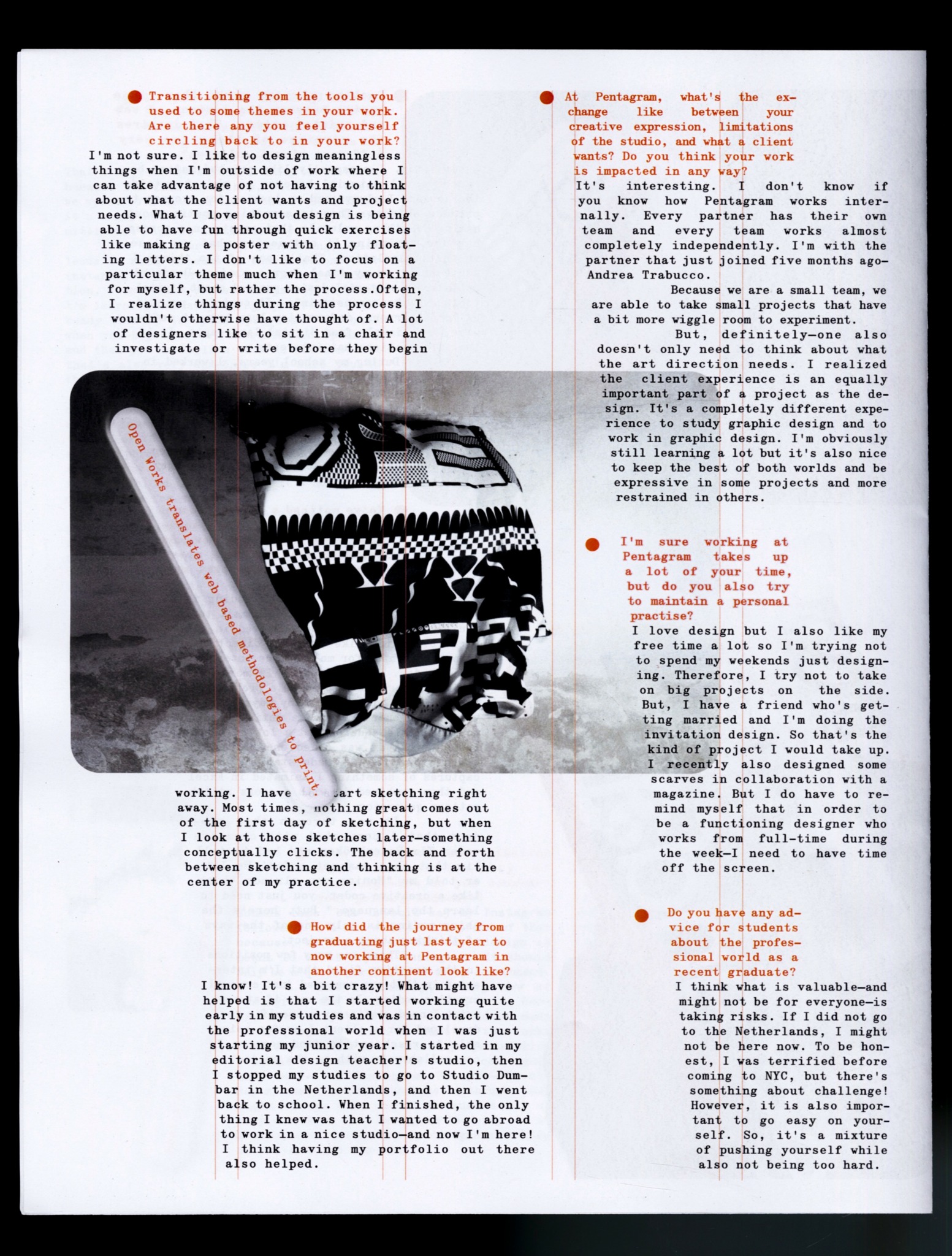
Are there any resources you wish you knew about earlier in your creative journey?
I think I initially struggled with finding design influences that spoke to the kind of work that I see myself doing in the field. I found and continue to find a dire lack of representation in the industry. Typography is synonymous with the Latin script by default, the color wheel is symbolic of Western conception, while trends like maximalism are pigeonholed as dated forms of expression. I often found myself lost and grappling with the question of who to look up to? It was much later in my education that I was able to find and be introduced to some designers whose motivations and visual cues I could identify with. Some of my favorites who I repeatedly go back to are November Studio, Morcos Key, Khyati Trehan, and Shivani Parasnis. I wish I had access and knowledge about this creative community I resonate with much earlier.
Contact Info:
- Website: https://sejalgupta.com
- Instagram: sejal.archived (work), sejal.psd (personal)
- Linkedin: https://www.linkedin.com/in/sejal-gupta-0404a4252/
